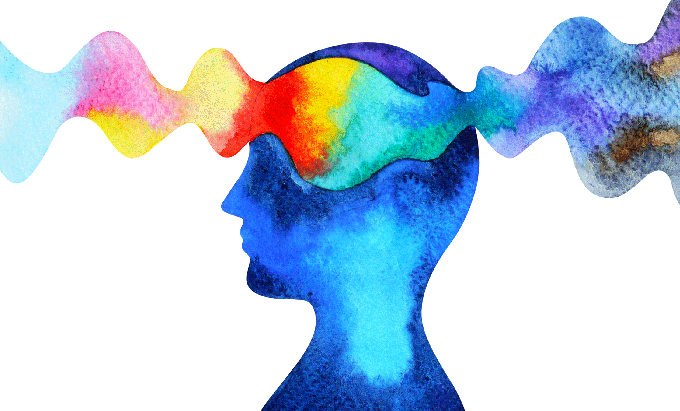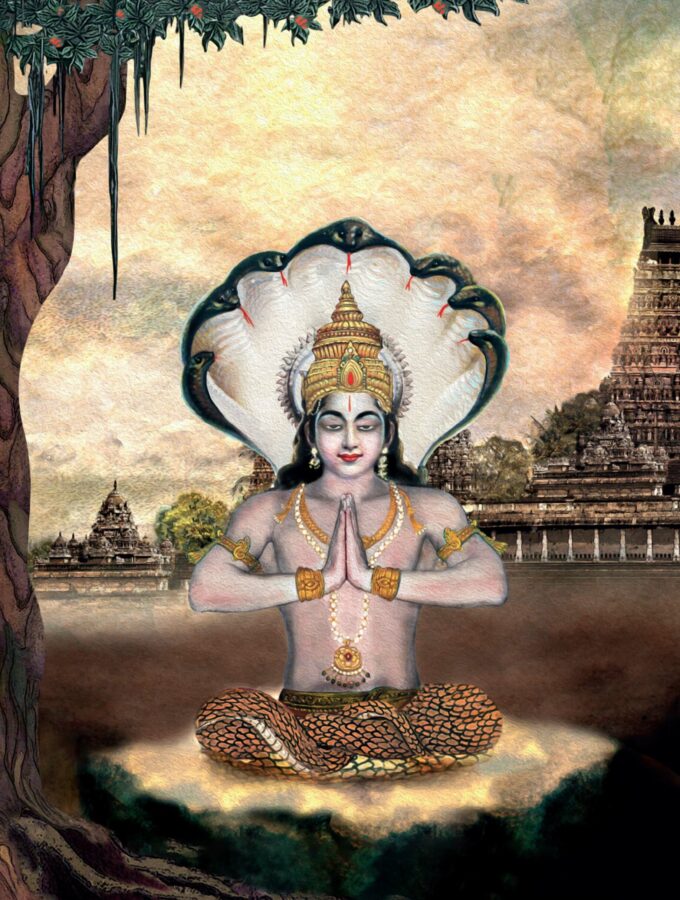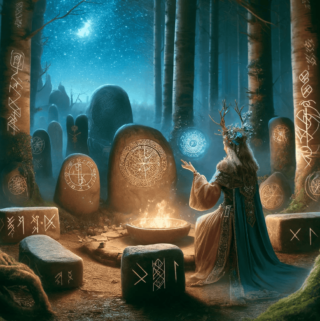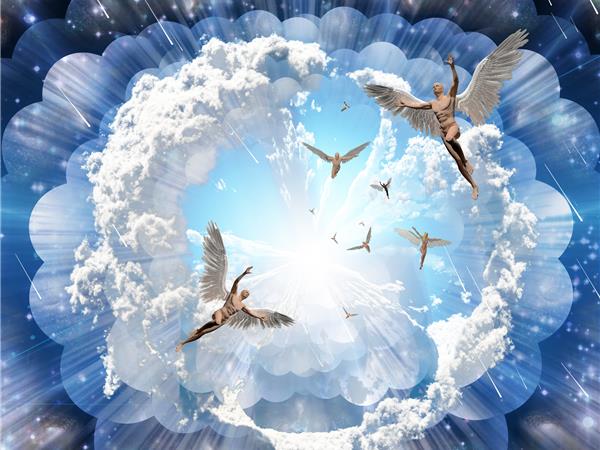
We are all familiar with Angels, “God’s Messengers,” but did you know there is a hierarchy of Angels? For many types of Angels with varying duties exist between God and humans living on Earth. Note: the term “God” here relates to whatever form you believe the “Source” or highest intelligence of the Universe takes.
What are Angels?
Angels have enjoyed a revered place in religions in all corners of the world since the beginning of humans’ time on Earth. For Earth’s earliest human inhabitants knew they were being overseen and helped by these invisible intermediaries. And throughout the ages, Angels have been the subject of the most beautiful of art pieces the world over.
Angels are believed to be divine spiritual beings, who have never actually lived a human life on the Earth Plane. This differentiates Angels from Spirit Guides and deceased loved ones who have previously lived human lives.
Moreover, Angels are androgynous meaning; they are neither male nor female. However, Angels may temporarily appear in female or male human form in order to be of divine assistance to humans. For there are countless corroborative stories of a mysterious male or female person suddenly appearing to help a human out of jam. And just as suddenly they disappear without a trace after rendering said assistance.
Hierarchy of Angels
Furthermore, according to Angel lore they are ranked in a hierarchy with a King, and perhaps a Queen, followed by three Triads. The below organizational chart of Angels loosely follows the Christian Angel lore.
King of Angels
Metatron is considered to be the King of Angels. Surprisingly, he is said to be 8-13 feet tall with 36-inch wings and numerous eyes.
Queen of Angels
In Christian theology the Virgin Mary, mother of Jesus is said to be the Queen of Angels. But this would serve to negate the presumption that Angels have not lived an earthly life, which clearly she has.
Three Triads Within the Hierarchy of Angels
First Triad of Angels:
Seraphim – are intense light bodies who encircle God
Cherubim – have 4 faces & 4 wings, intercede in human affairs, and possess great knowledge
Thrones – send healing through Guardian Angels
Second Triad of Angels:
Dominions – appear with orbs & scepters and carry out orders of the 1st Triad
Virtues – provide strength, courage, and motivation
Powers – are warriors who protect Heaven & Universal Laws
Third Triad of Angels:
Principalities – aid governments & their leaders
Archangels – are God’s special messengers for humans
Guardian Angels – are guardians assigned to specific humans for their entire life
Angels Known to Interact with Humans
The Third Triad are the main Angels who are charged with guiding and aiding humans during their lives on Earth. These include the Principalities, Archangels, and Guardian Angels. And among these individual humans are most acquainted with the Archangels and Guardian Angels. But let’s not forget the Fallen Angel tempters who, though no longer Triad members in the Hierarchy of Angels, interact with humans just the same.
Archangels

In Christian Angel lore there are seven Archangels that are believed to exist; Michael, Gabriel, Raphael, Uriel, Raguel, Sariel, and Remiel. And each Archangel has specific attributes and special duties to perform. Notably, the first four of these are also the four Archangels of Islam. And New Age Angel lore has a total of 12 Archangels with these being the first seven and five more added. Nonetheless, we will discuss just the seven original Archangels here.
Interestingly, the “el” suffix of each Archangel’s name has the meaning of, “shining being.” For Angels are often depicted with a shining halo around their head or their entire form.
Moreover, Archangels are considered to have a “large and in charge” demeanor and possess “big power.” Therefore, humans often call on one or more Archangels in a desperate time of need, especially Archangel Michael. This is due to Michael’s deep love for humankind and that he wields a mighty sword for striking down evil.
Michael – serves as a protector as the “Patron Angel of Knights & Warriors”
Gabriel – aids in overcoming doubt and fear
Raphael – aids in healing and protection of travelers
Uriel – aids in clear thinking, repentance, and music
Raguel – ensures Angels keep high standards
Sariel – disciplines the Angels
Remiel – is known as the “Angel of Hope”
Guardian Angels

A Guardian Angel is an Angel who is assigned to a human from birth to death. And every human has one of these for guiding them away from missteps along their life’s path. Besides offering protection, a human’s Guardian Angel aids them in crossing over to the Spirit Realm upon death of their physical body.
Although Guardian Angels are forbidden from interfering with their charge’s “Life Plan,” they often do go to heroic lengths to spare their charge an unnecessary harm they are unknowingly headed toward. In fact, they are charged with keeping their charge alive long enough to complete their lessons and purpose for incarnating. Therefore, if a random event will interfere with their charge’s spiritual purpose they will jump in and thwart it.
Fallen Angels
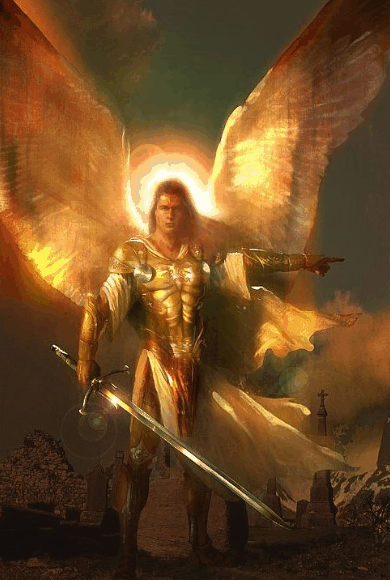
Fallen Angels are basically former Angels who have been exiled from the Spiritual Realm for their transgressions. Of these Lucifer is the most noted Fallen Angel and is un-affectionately referred to as the “Devil.” For he is said to have rebelled against God and was consequently exiled from Heaven. Therefore, Lucifer represents temptation into darkness and is rumored to rule Hell.
Additionally, lesser Fallen Angels are known to tempt humans into unsavory activities for the promise of ill-gotten gains. When humans take the bait, they are said to have “made a deal with the Devil” with a high price coming due later. Nothing is ever really free, right? Fortunately, our Guardian Angel always has our back. And they will give us warnings that we are about to step into a snare.
Final Words for the Hierarchy of Angels
Below the three Triads of Angels there exist a plethora of lesser Angels that humans can and have had contact with. For humans are now and always have been in great need of help navigating the pitfalls of human life. Where would we be without our Guardian and Archangels as well as those benevolent lesser Angels who are at the ready to help?
Moreover, there are many methods for receiving messages from your Angels; prayer, meditation, Angel Tarot and Oracle decks, psychic Angel readings, Angel number sequences, synchronistic events, etc. Note: a future post will be coming on The Chi Addict Blog discussing the meaning of Angel numbers. So stay tuned!
I hope you will establish a communication connection with your Angels. For I know you will find it a spiritual and rewarding lifetime relationship.
FYI: A future post will be coming on The Chi Addict Blog discussing the meanings of common Angel numbers. So stay tuned!
Copyright: Jeannette S. Hollenbeck. All rights reserved.
